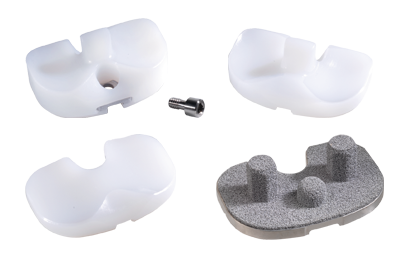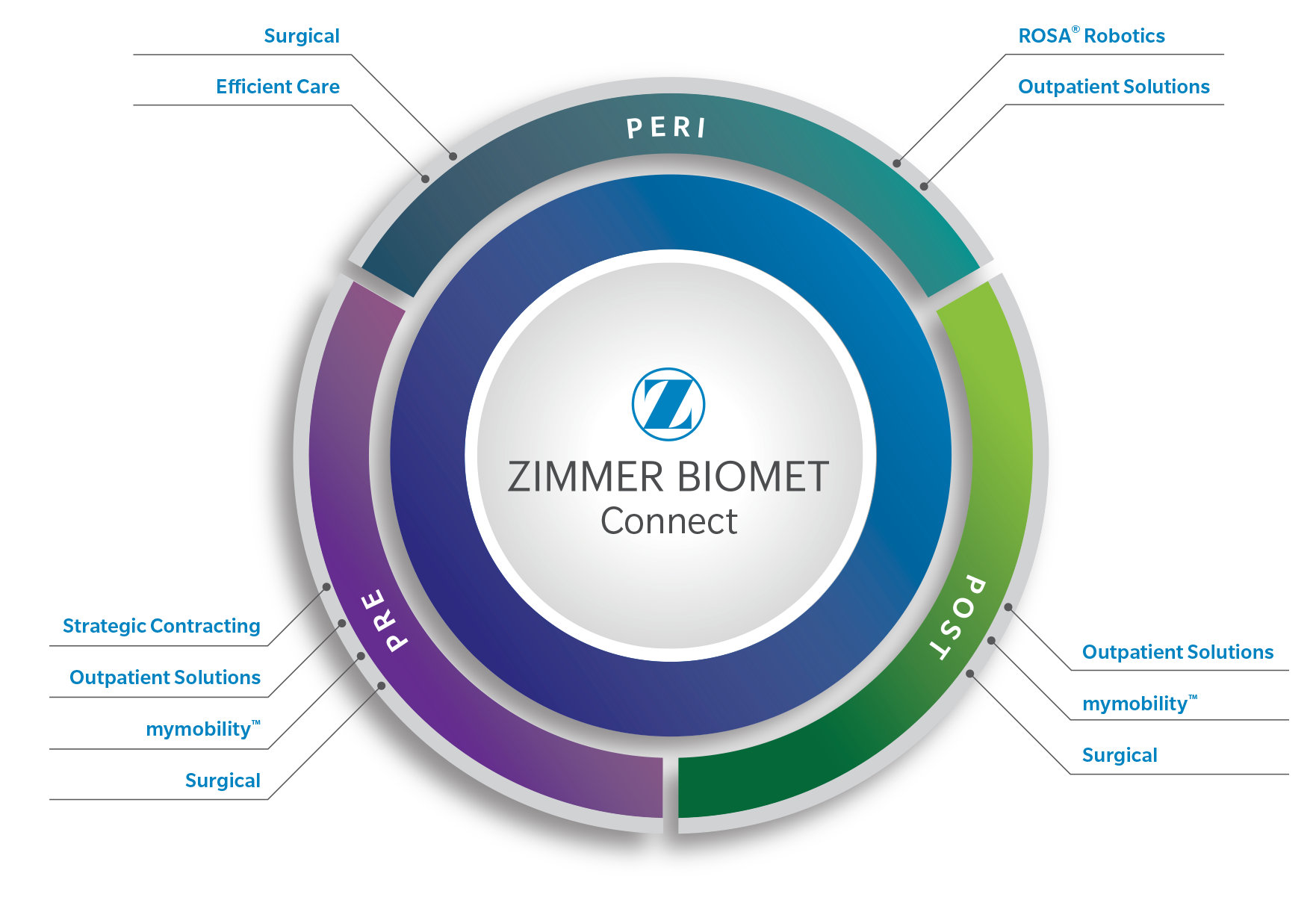The Trabecular Metal Tibial Tray unites stable fixation with modular components to meet a growing demand for knees implanted through mini-arthrotomies. With mechanical properties similar to cancellous bone, Trabecular Metal Technology is designed to achieve stable initial fixation. The separate articulating surface is available in Prolong® Highly Crosslinked Polyethylene, which is specifically designed to reduce wear and delamination.* And the modular components work with the Zimmer ® Minimally Invasive Solutions™ procedures.
*The results of in vitro wear and delamination tests have not been shown to correlate with clinical wear and delamination mechanisms.




